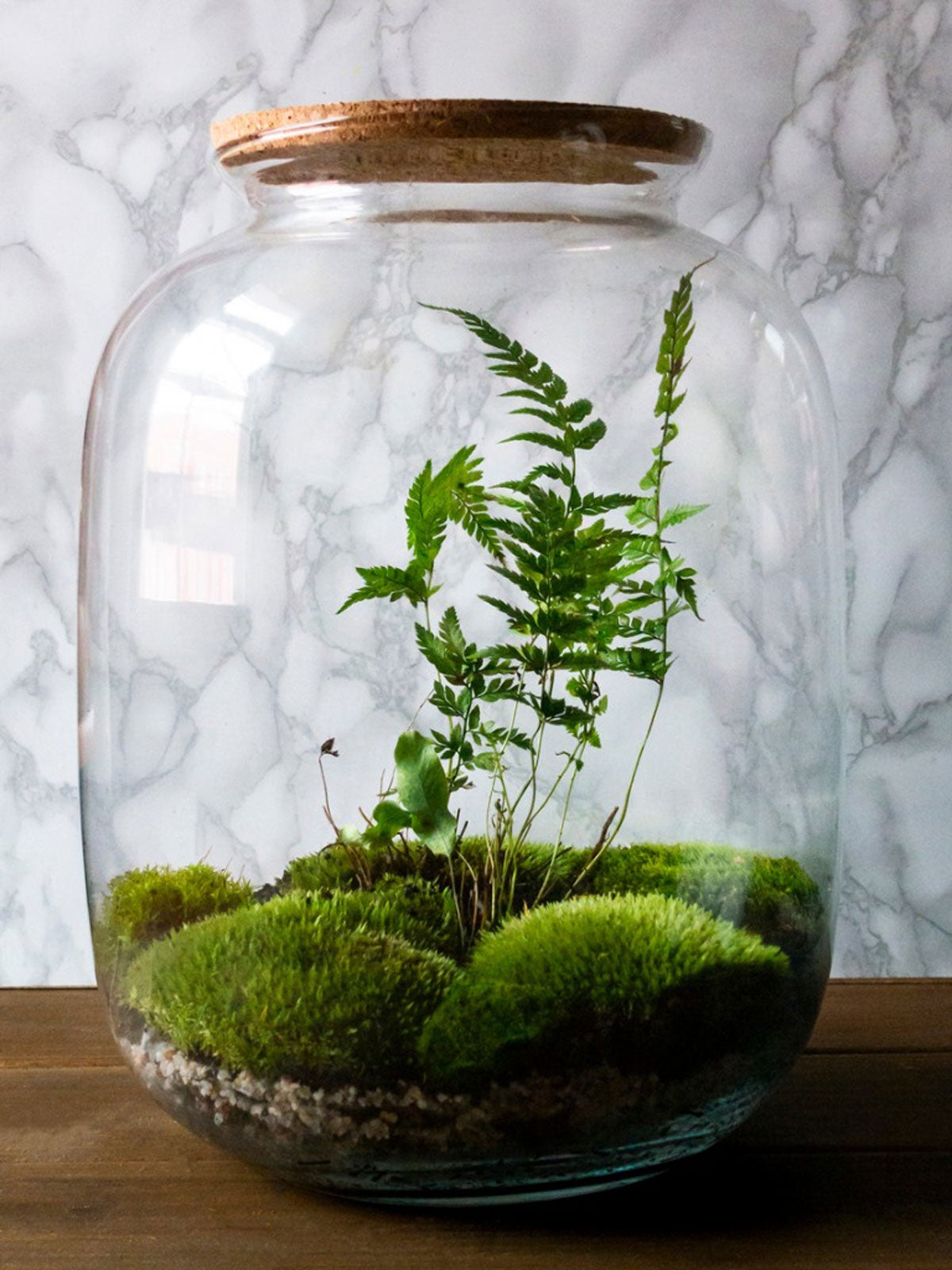Terrarium Care Guide: Are Terrariums Easy To Care For


For those with green thumbs, the need to grow plants indoors can be undeniable. Whether living in small apartments without garden space or simply wanting to bring vibrant plant life indoors, the options are virtually limitless.
Houseplants grown in large containers are exceptionally popular but can require a bit of special care, depending on the type. Another way to add greenery to indoor spaces is by creating terrariums. Learning how to care for terrarium plants can help determine if these unique planters are viable options in your space.
Are Terrariums Easy to Care For?
Terrarium styles can vary greatly. While some terrariums feature an open top, others remain completely closed at all times. Terrarium care and maintenance are relatively simple. However, gardeners need to choose plants carefully.
These planters are ideal for plants which thrive in moist, even tropical, conditions. Glass surrounding terrariums helps to create an environment that is especially humid. It is for this reason that most terrarium care guides suggest avoiding desert plants, such as cacti or succulents, which may succumb to rot – unless they’re left open.
Terrarium Care Guide
When caring for a terrarium, maintaining cleanliness will be key. High humidity within closed environments can lead to the growth of bacteria, as well as plant fungal issues. Before use, all terrarium glass should be cleaned thoroughly with soap and hot water. Additionally, setup will require the use of a sterile potting mix that is light and drains well. Regular garden soil should never be used.
Glass terrariums also afford growers more versatility in terms of placement within the home. Unlike container-grown plants, terrariums require less sunlight. Due to their design, terrariums should never be placed in direct sun, as this will quickly create high temperatures which can kill plants. Growers should carefully experiment with terrarium placement, in proximity to windows, in order to find the ideal location for new plantings.
Terrarium care and maintenance routines will vary. Open containers will need watering on a somewhat frequent basis. Since there are no drainage holes in these containers, the addition of any moisture must be done very carefully. Water should never be allowed to stand at the bottom of the container or on the surface of the soil. Closed terrariums will require water much less frequently, as a healthy system is often able to maintain its own balance.
Sign up for the Gardening Know How newsletter today and receive a free copy of our e-book "How to Grow Delicious Tomatoes".
On occasion, those caring for a terrarium may need to prune or remove plants that have grown too large. These plants can be moved to a larger container or replaced by new seedlings.

Tonya Barnett has been gardening for 13 years. Flowers are her passion. She has transformed her backyard into a cut flower garden, which she regularly chronicles on her YouTube channel http://www.youtube.com/@tonyawiththeflowers.